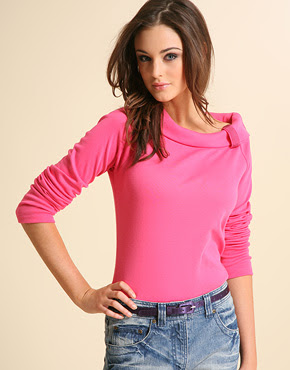Womens clothing what are you 400
10 FASHION MISTAKES WOMEN ALWAYS MAKE - Shea Whitney, time: 12:30
Women's Clothing: Shirts, Jackets, Jeans & More
How to Determine Clothing Size by Height & Weight.By Nadia Nygaard.Clothing Sizes For Men And Women.Determine your height and weight.If possible, it helps to take measurements at the chest, waist and hips, as well.To take measurements, wrap a measuring tape, also known as a tailor's tape, loosely, but without any slack, around the.
For men, tall sizes usually begin for those who are 6 feet, 2 inches tall; big sizes are for those with a to inch waist and to inch chest.Decide if you should be shopping for petite sizes or big and tall sizes.Womens clothing what are you 400 Women's clothing and accessories For women, petite sizes might apply if you are 5 feet, 4 inches tall or under and find regular sizes to be too long, too baggy at the shoulders or too high at the waist.If possible, it helps to take measurements at the chest, waist and hips, as well.Measure the height and find the weight of older children.She is a graduate of the University of Washington with a Bachelor of Arts in English and women's studies.
Match your infant's length and weight to the chart on the tag to determine the proper size for your infant.Make note of the sizes you wear for different brands of clothing to make it easier to shop in the future.She is a graduate of the University of Washington with a Bachelor of Arts in English and women's studies.Since everyone's body shapes are different, clothing sizes and the way they fit will vary significantly even when using a height and weight chart.A woman who is approximately 5 feet tall and pounds can expect to wear a size extra small, while a woman who is 5 feet, 9 inches tall and pounds or more runs closer to size large or extra large.You can also find the correct size for a child or infant based on a size chart.
Find Your Perfect Fit
She is published in "Farm and Ranch Living" and has edited projects as diverse as grant proposals, medical dissertations and tenant law handbooks.Decide if you should be shopping for petite sizes or big and tall sizes.However, you can get a general idea of what size you wear based on your height and weight.To take measurements, wrap a measuring tape, also known as a tailor's tape, loosely, but without any slack, around the widest part of your chest and hips and the narrowest part of your waist.Determine your height and weight.While the number preceding the "T" is an approximate match with your toddler's age, it's best to check the size chart for accurate sizing.
How to Determine Clothing Size by Height & Weight
Find your toddler's height and weight to determine size for the 2T to 4T range.References Bargain Children's Clothing: Use the size chart on the tag to determine the proper size for your toddler.A woman who is approximately 5 feet tall and pounds can expect to wear a size extra small, while a woman who is 5 feet, 9 inches tall and pounds or more runs closer to size large or extra large.Use the size chart on the tag to determine the proper size for your toddler.Clothing sizes for infants are usually given by age, with manufacturers using 0 to 3 months; 3 to 6 months; 6 to 9 months; and 9 to 12 months as guidelines.

Use a sizing chart to determine your size.She is a graduate of the University of Washington with a Bachelor of Arts in English and women's studies.You can also find the correct size for a child or infant based on a size chart.For men, tall sizes usually begin for those who are 6 feet, 2 inches tall; big sizes are for those with a to inch waist and to inch chest.It's less common to find a size chart on the clothing tag for these sizes, so begin with figuring that size 4 is 35 to 39 pounds and approximately 39 inches tall, then add 3 to 4 pounds and about 3 inches per size.Make note of the sizes you wear for different brands of clothing to make it easier to shop in the future.